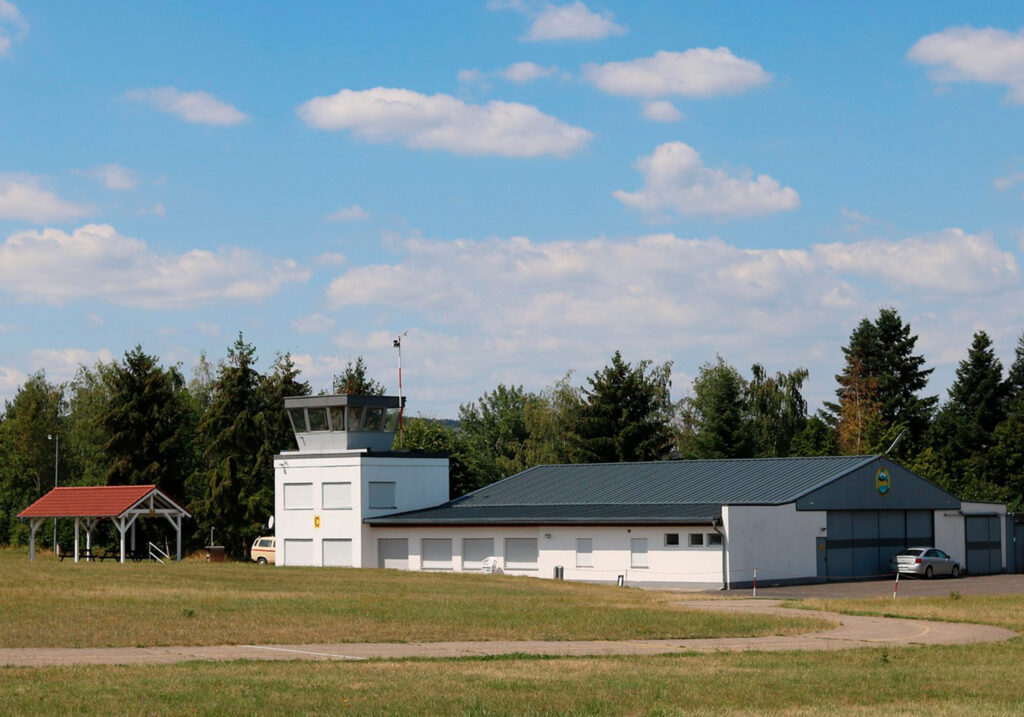When it comes to protecting your vehicle from the elements, homeowners often consider two primary options: carports and garages.
Both serve the essential function of sheltering vehicles, but they differ significantly in design, construction, cost, and functionality. Understanding these differences is crucial for making an informed decision that best suits your needs, budget, and property aesthetics.
Structural Differences
The most apparent difference between a carport and a garage is their structure. A garage is a fully enclosed space, typically with four walls, a roof, and a secure door that can be locked. Garages are often attached to the house, providing easy indoor access, although detached garages are also common. The enclosed nature of a garage offers complete protection from weather conditions, theft, and vandalism.
On the other hand, a carport is a more open structure, usually consisting of a roof supported by posts or columns. Carports may have one or two walls, but they are generally not fully enclosed. This open design provides shelter from rain, snow, and sunlight while allowing for better ventilation. However, because carports lack full enclosure, they offer less protection from theft and extreme weather conditions compared to garages.
Construction Materials and Design
Garages are typically constructed using durable materials such as brick, concrete, wood, or metal. The choice of materials often matches the main house to create a cohesive aesthetic. The solid construction of a garage adds to the property’s overall value and provides a more permanent solution for vehicle storage and additional uses.
Carports, in contrast, are usually made from lighter materials like aluminum, steel, or polycarbonate. Their design is simpler and more cost-effective, making them a popular choice for homeowners seeking a quick and affordable vehicle shelter. While carports can be customized in various styles and materials, they generally lack the architectural integration that garages offer.
Cost Considerations
Cost is a significant factor when deciding between a carport and a garage. Garages are more expensive to build due to their complex construction, use of heavy materials, and additional features like doors, windows, and insulation. The costs can vary widely depending on whether the garage is attached or detached, the materials used, and any additional amenities such as heating, ventilation, or electrical systems.
Carports are generally much cheaper to construct. Their simpler design, fewer materials, and quicker installation contribute to lower costs. Carports can be a budget-friendly option for those who need basic protection for their vehicles without the higher investment required for a garage. However, it’s important to consider long-term value, as garages may offer better returns on investment by increasing property value.
Functionality and Use
While both carports and garages primarily serve to protect vehicles, their functionality extends beyond this basic purpose. Garages offer versatile space that can be used for various activities, including storage, workshops, home gyms, or even additional living areas. The enclosed environment provides security and privacy, making garages suitable for storing valuable items or conducting activities that require protection from the elements.
Carports, due to their open design, are more limited in functionality. They are ideal for providing shade and weather protection for vehicles, but they are less suitable for secure storage or activities that require a controlled environment. However, carports can be versatile in other ways; they can serve as covered patios, outdoor workspaces, or temporary shelters for gatherings and events.
Protection and Security
Garages offer superior protection and security compared to carports. The enclosed structure shields vehicles from all weather conditions, including rain, snow, hail, and extreme temperatures. Garages also protect against dust, debris, and potential damage from falling branches or other environmental hazards. The ability to lock the garage door adds a critical layer of security, safeguarding vehicles and stored items from theft and vandalism.
Carports provide basic protection from sun, rain, and snow but are less effective against wind-driven rain, hail, or severe storms. The open sides make it easier for dust, debris, and pests to enter. Additionally, carports do not offer the same level of security as garages, as they cannot be locked and are more accessible to potential intruders. Homeowners in areas with high crime rates or severe weather conditions may find garages a more suitable option for comprehensive protection.
Aesthetic and Property Value Impact
Garages can significantly enhance the aesthetic appeal and value of a property. A well-designed garage that matches the architectural style of the home adds to the overall curb appeal and provides a cohesive look. Garages are often seen as a desirable feature by potential buyers, contributing to higher property resale values. The added functionality and secure storage space also make garages a valuable asset.
Carports, while functional, may not have the same positive impact on property value. Their open design and simpler construction can sometimes appear less integrated with the home’s architecture. However, modern carports come in various designs and materials that can complement a property’s appearance. While they may not increase property value as significantly as garages, they still offer practical benefits that can appeal to budget-conscious buyers.
Installation and Maintenance
The installation process for garages is more complex and time-consuming. Building a garage often requires permits, foundation work, electrical wiring, and insulation. The construction timeline can vary from several weeks to months, depending on the project’s scope and complexity. Regular maintenance is needed to keep the garage in good condition, including inspecting the roof, walls, doors, and any installed systems.
Carports are easier and quicker to install. Many carports come in pre-fabricated kits that can be assembled in a few days with minimal tools and labor. The simpler construction process typically does not require extensive permits or foundation work. Maintenance for carports is relatively straightforward, involving periodic cleaning, checking for rust or corrosion (especially in metal structures), and ensuring the roof and supports remain in good condition.
Climate Considerations
The local climate plays a significant role in determining whether a carport or garage is more suitable. In regions with mild weather, a carport may provide sufficient protection for vehicles. The open design allows for ventilation, reducing the risk of moisture buildup and rust. Carports are particularly effective in hot climates, as they provide shade and prevent overheating.
In areas with harsh winters, heavy snowfall, or frequent storms, a garage offers better protection. The enclosed space keeps vehicles safe from snow accumulation, ice, and freezing temperatures. Garages also prevent issues like frost on windshields and battery drain during cold weather. For homeowners in regions prone to extreme weather events, such as hurricanes or tornadoes, the added security and structural integrity of a garage are invaluable.
Customization and Personalization
Garages offer extensive opportunities for customization and personalization. Homeowners can design garages to include multiple bays, storage solutions, workbenches, or even living spaces. Interior finishes, lighting, insulation, and climate control can be tailored to meet specific needs. Garages can also be integrated with smart home technology, providing remote access and monitoring.
Carports, while more limited in customization, still offer some flexibility. Homeowners can choose from various styles, colors, and materials to match their property. Additional features like side panels, storage units, or decorative elements can enhance the functionality and appearance of carports. However, the scope for extensive modifications is generally less than that of garages.
Environmental Impact
Garages have a larger environmental footprint due to their extensive use of materials and energy consumption during construction and operation. The need for heating, cooling, and lighting in garages can increase energy usage, contributing to higher utility bills and environmental impact. However, energy-efficient designs and sustainable building materials can mitigate some of these effects.
Carports are more environmentally friendly due to their minimal construction materials and natural ventilation. The lack of walls reduces the need for artificial lighting and climate control, resulting in lower energy consumption. Additionally, carports can be designed with eco-friendly materials and integrated with solar panels to further reduce their environmental impact.
Insurance Implications
Insurance considerations can also influence the choice between a carport and a garage. Garages typically offer lower insurance premiums for vehicle coverage due to the enhanced protection against theft, vandalism, and weather-related damage. The secure environment reduces the risk of claims, leading to potential savings on insurance costs.
Carports, while providing some protection, do not offer the same level of security as garages. This can result in higher insurance premiums for vehicles stored under carports, as they are more vulnerable to damage and theft. It’s essential to consult with your insurance provider to understand how your choice of shelter may impact your coverage and premiums.
Conclusion
Deciding between a carport and a garage involves evaluating various factors, including cost, functionality, security, aesthetics, and climate considerations. Garages offer superior protection, security, and versatility, making them a valuable addition to any property. They can enhance property value, provide additional storage and workspace, and offer comprehensive protection from the elements.
Carports, on the other hand, are a cost-effective and practical solution for basic vehicle protection. Their simple design, ease of installation, and lower maintenance requirements make them an attractive option for budget-conscious homeowners. While they may not offer the same level of security or property value enhancement as garages, they provide sufficient protection in milder climates and flexible usage options.
Ultimately, the choice between a carport and a garage depends on your specific needs, budget, and property characteristics. By understanding the differences and evaluating your priorities, you can make an informed decision that best suits your lifestyle and ensures the protection of your vehicles and belongings.

